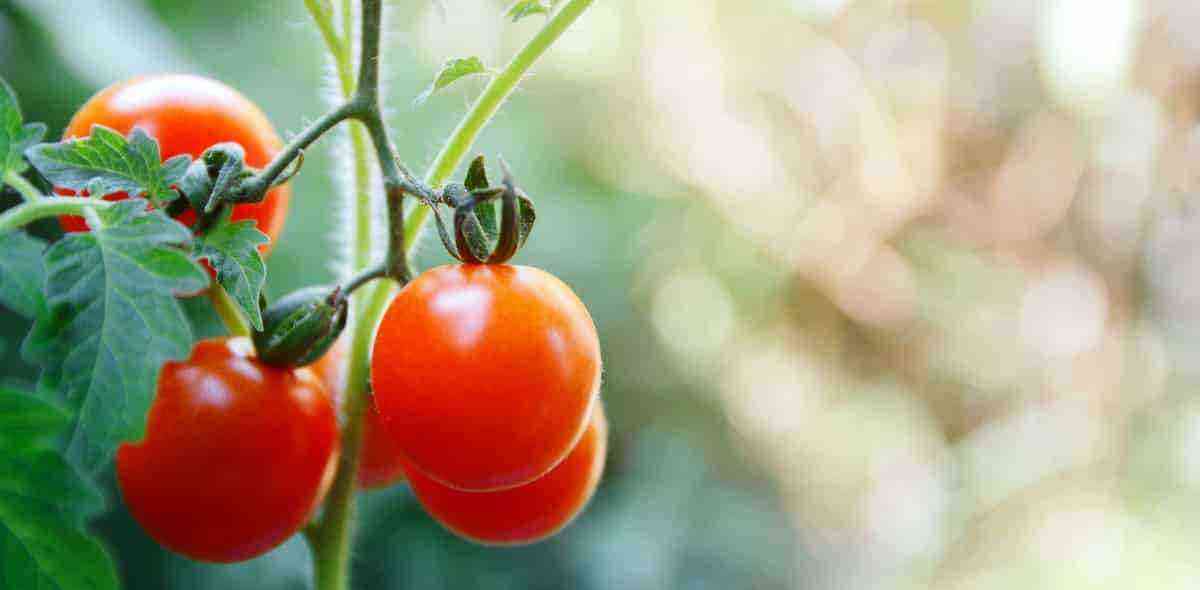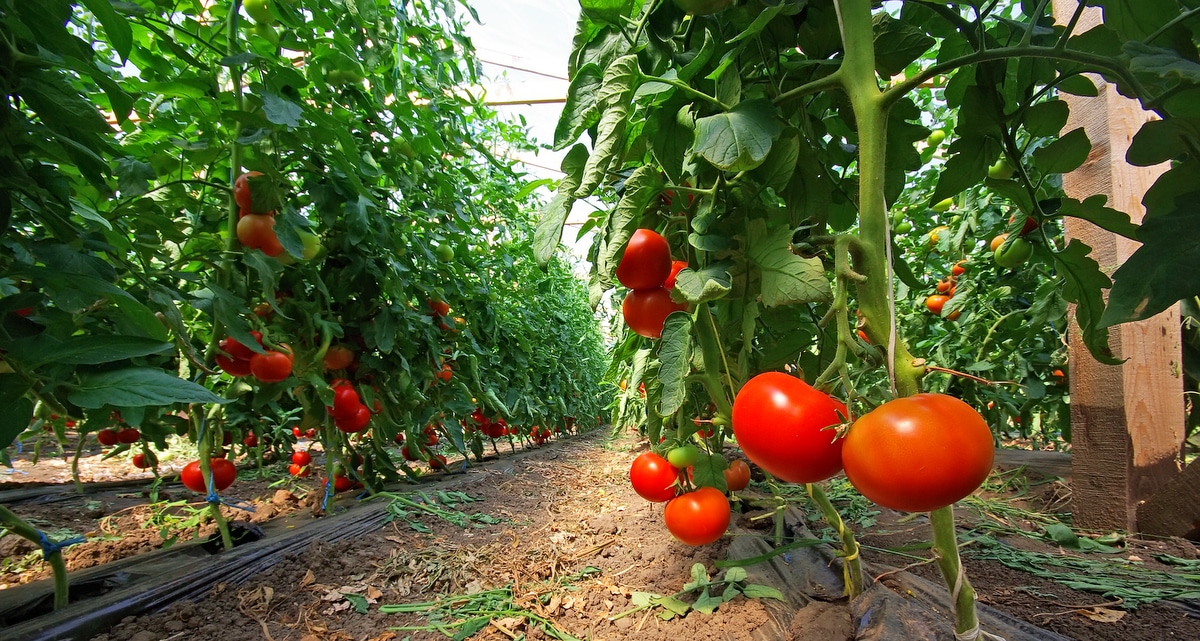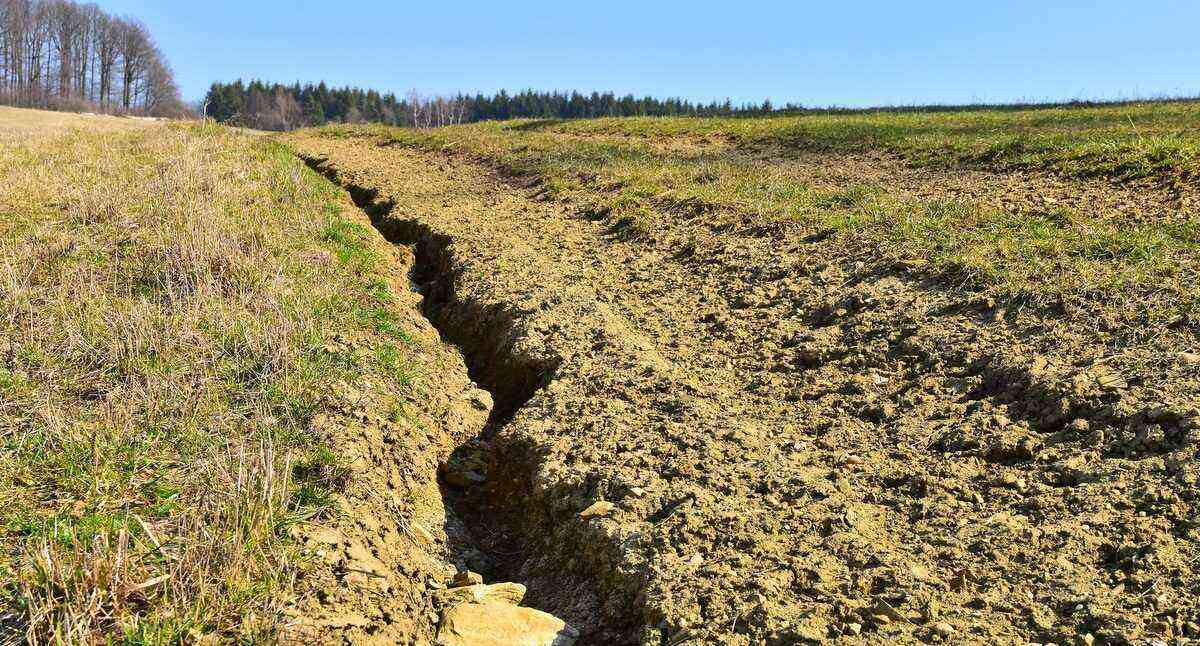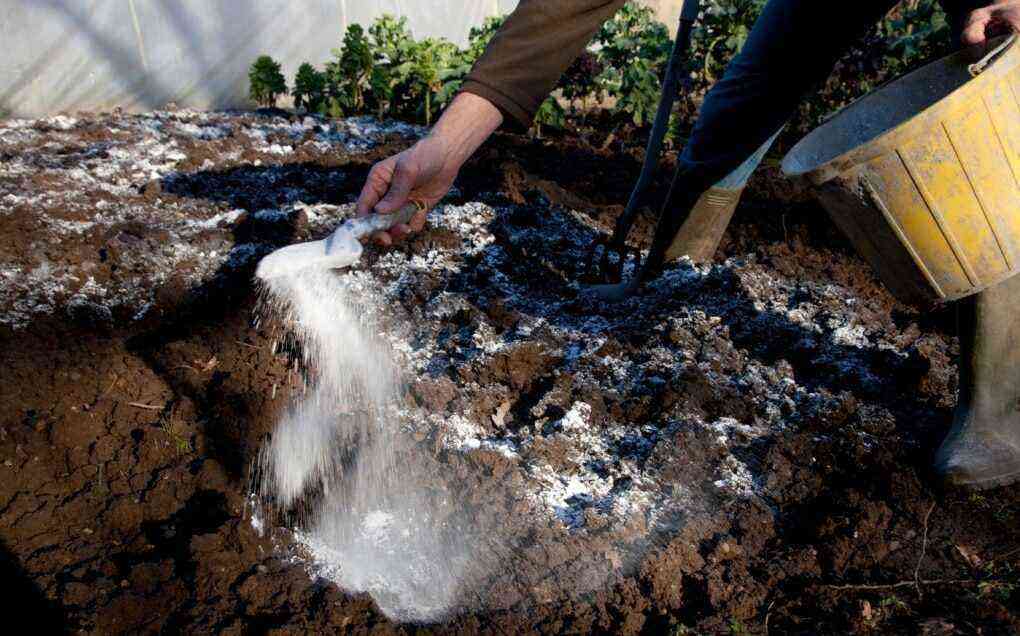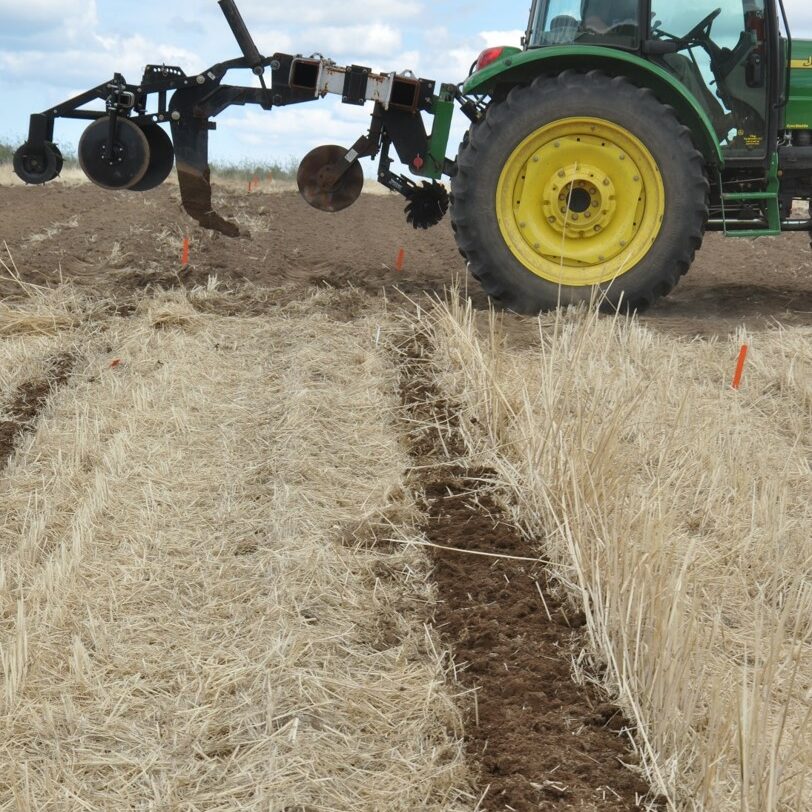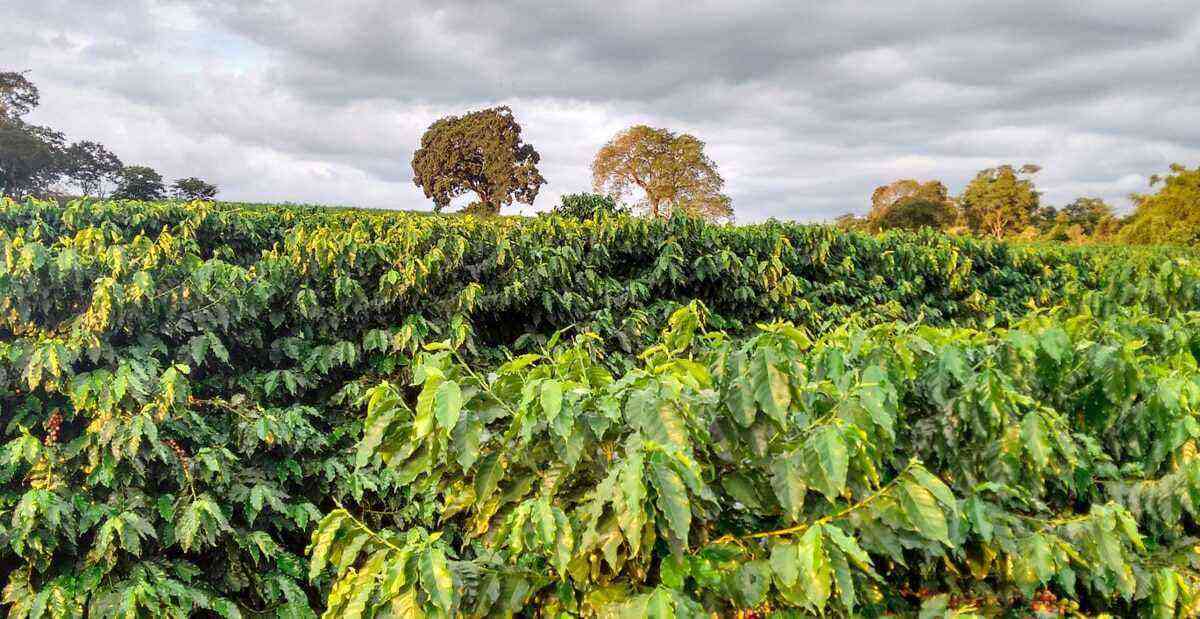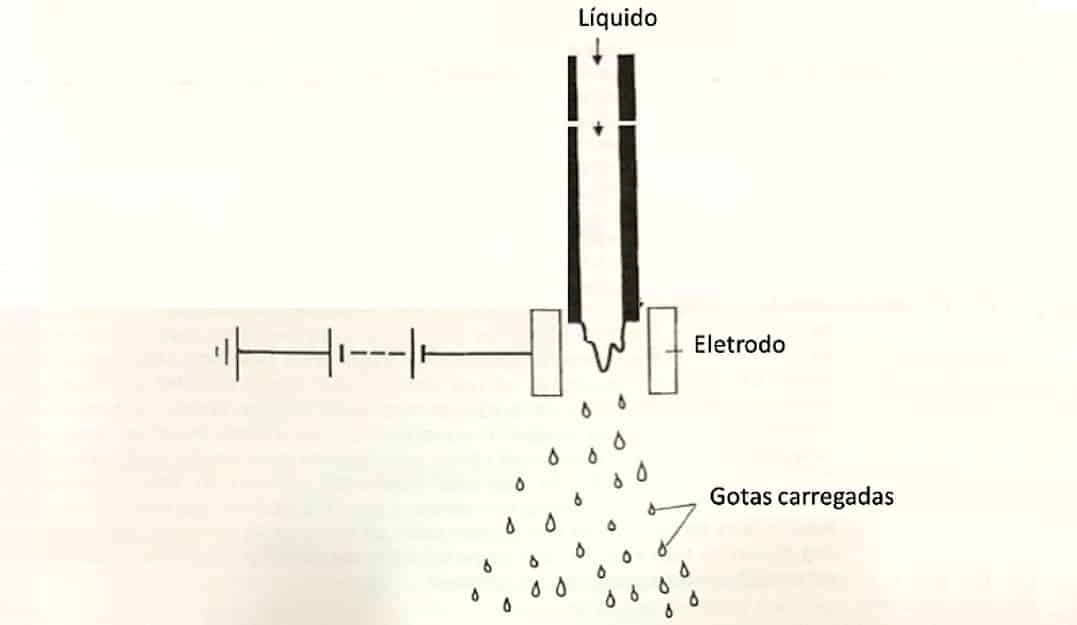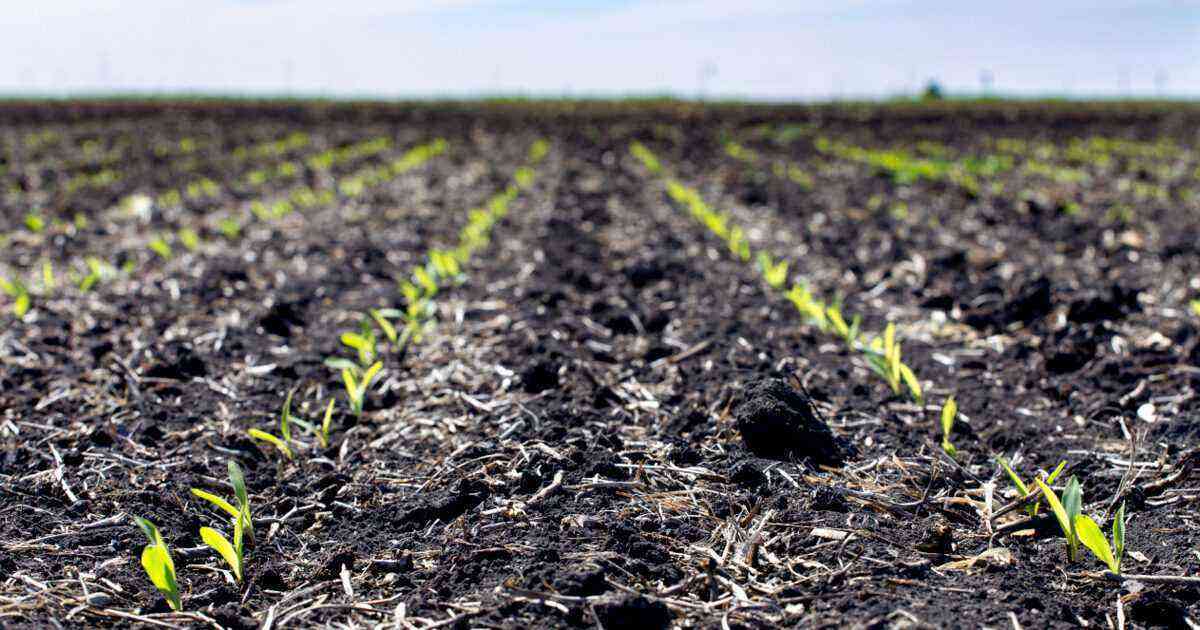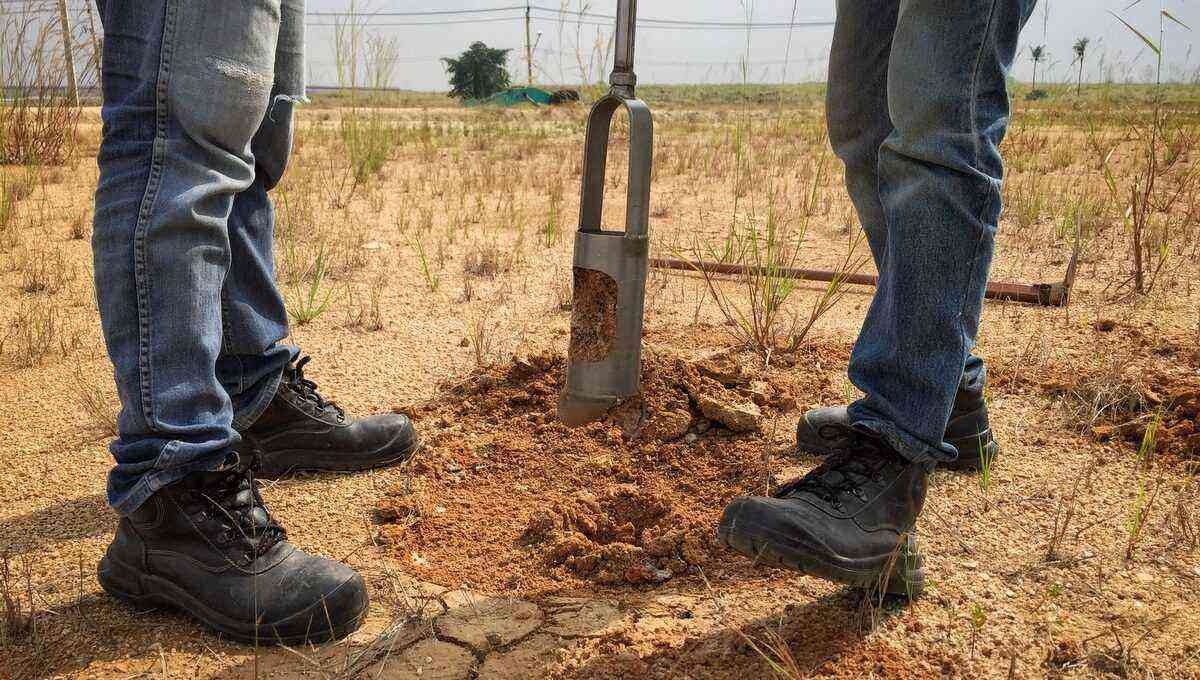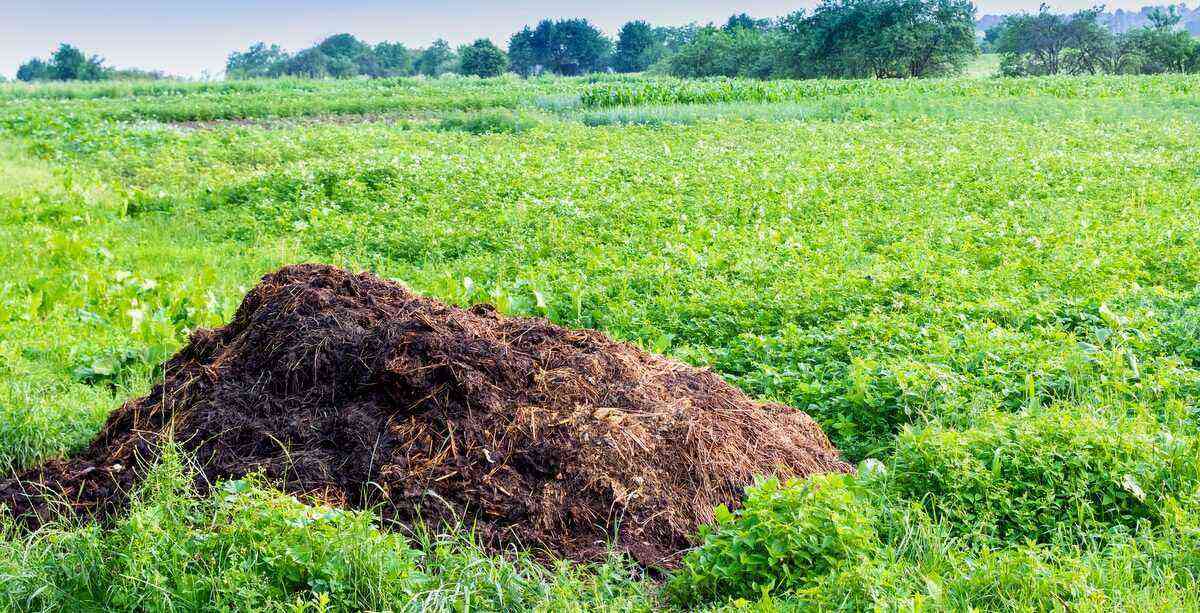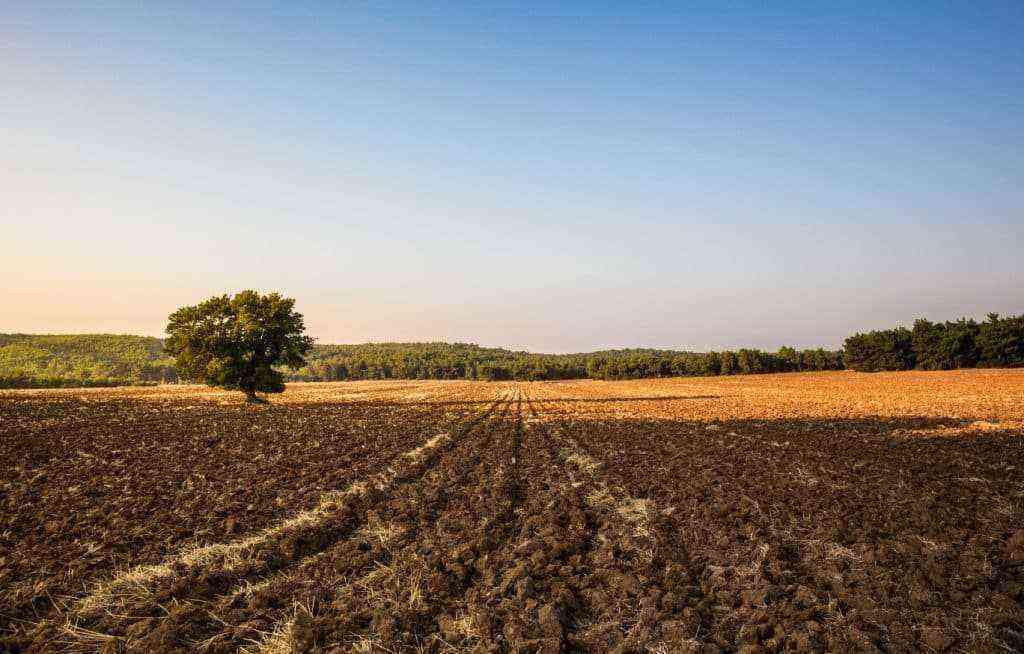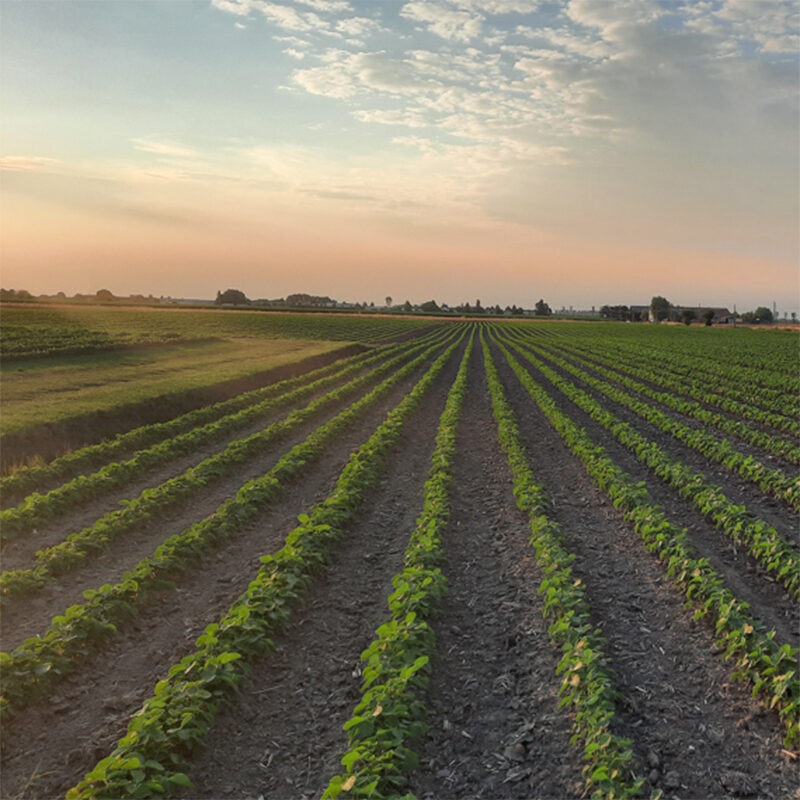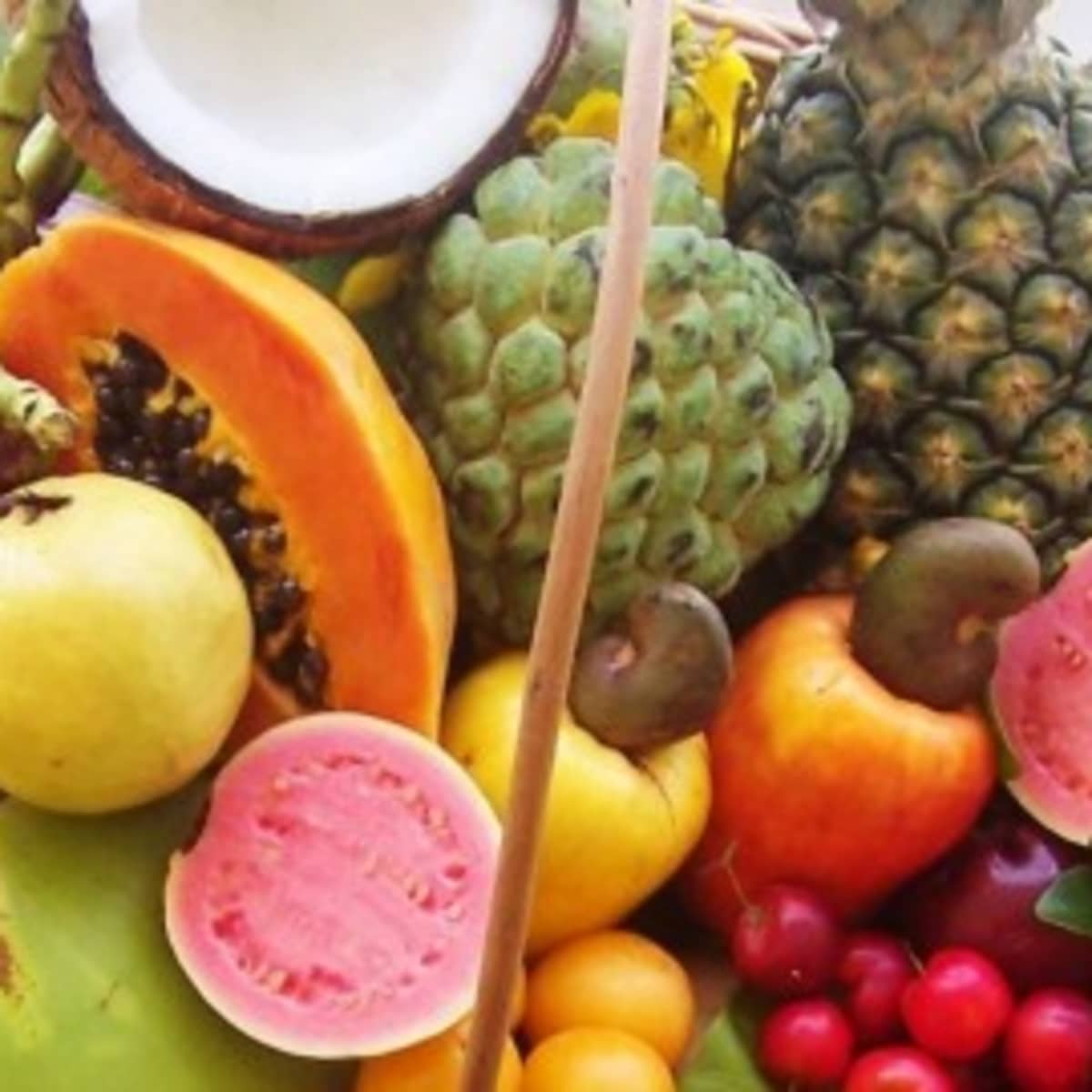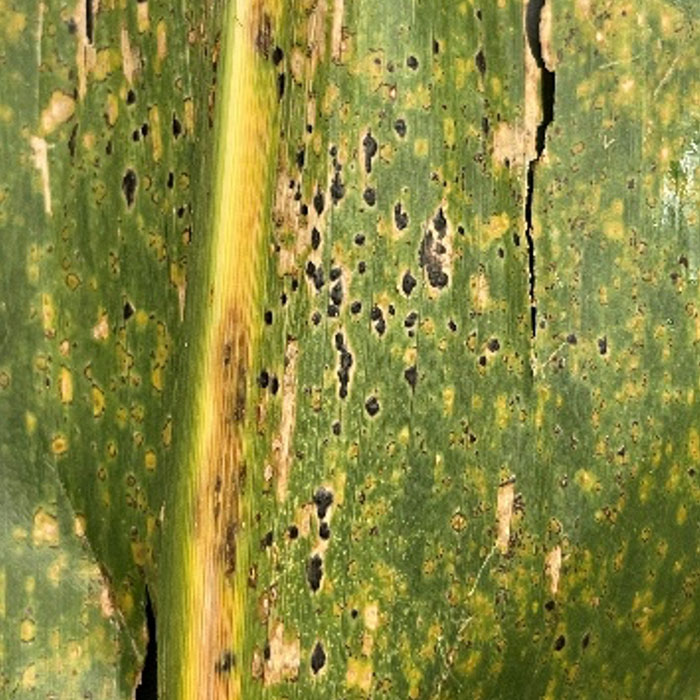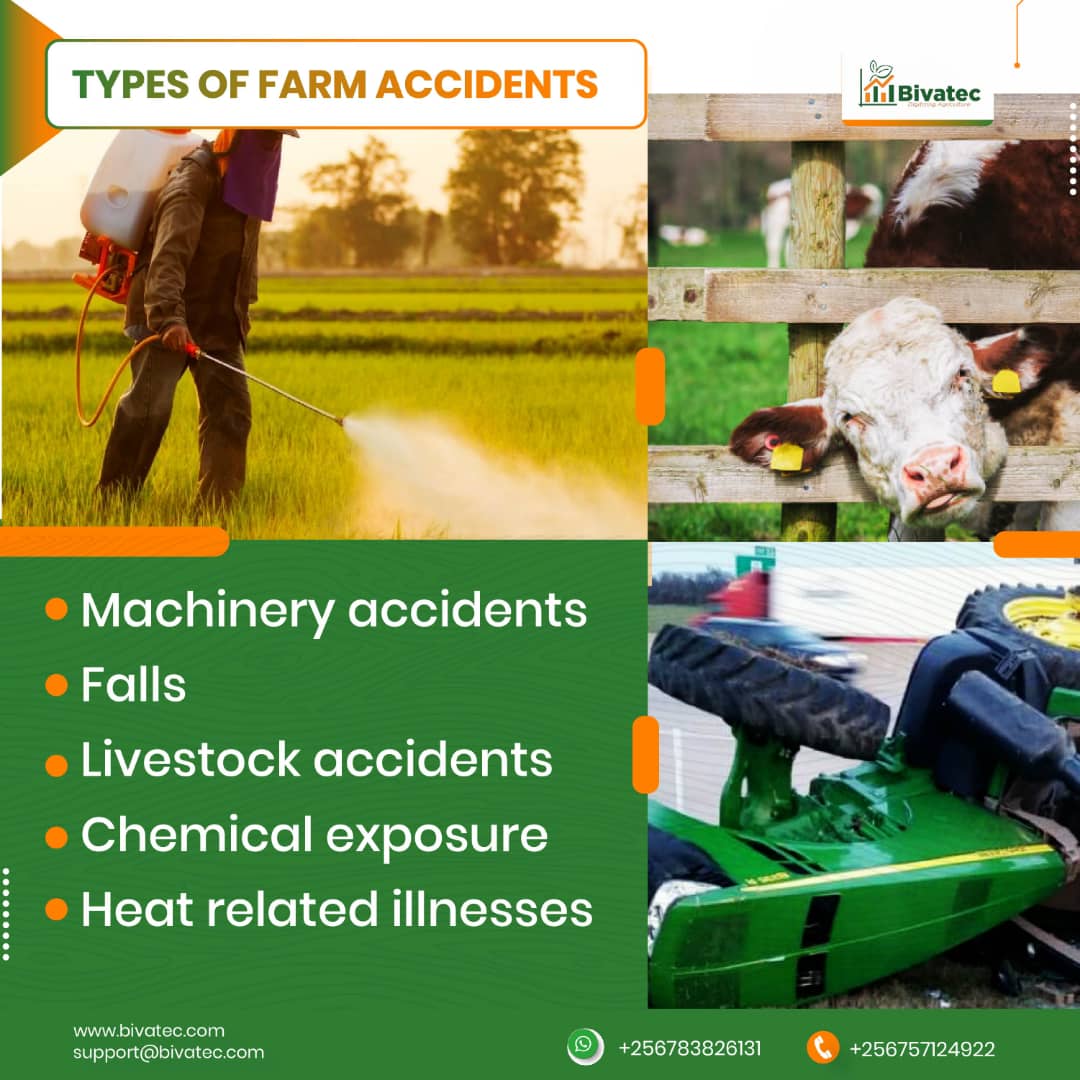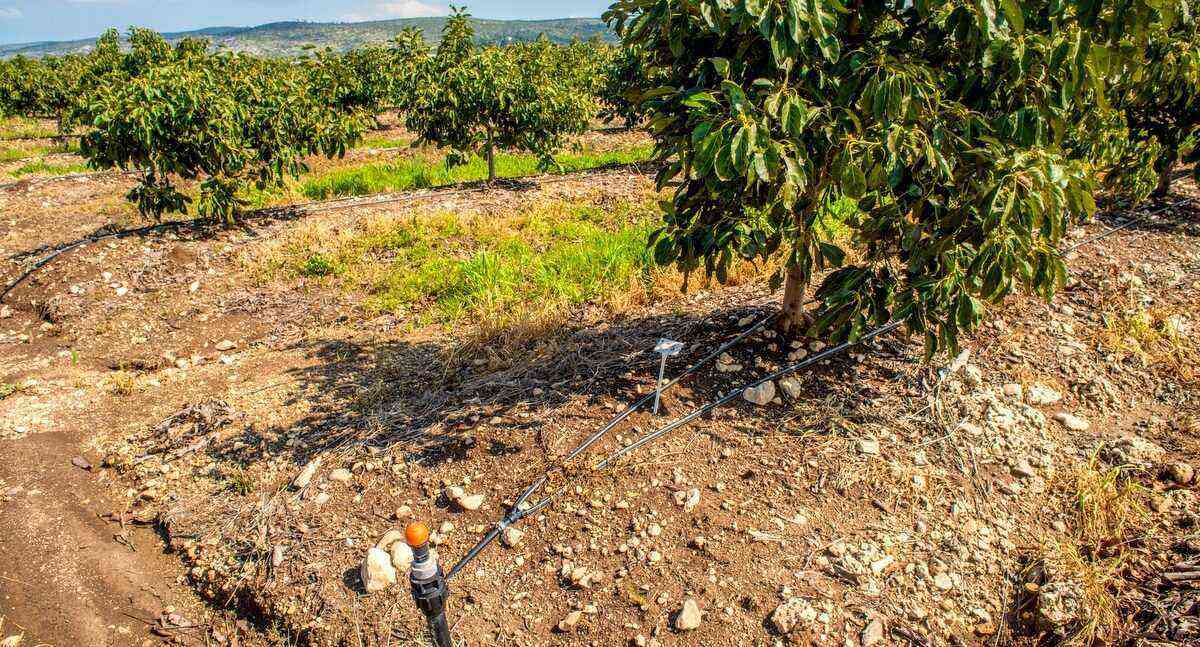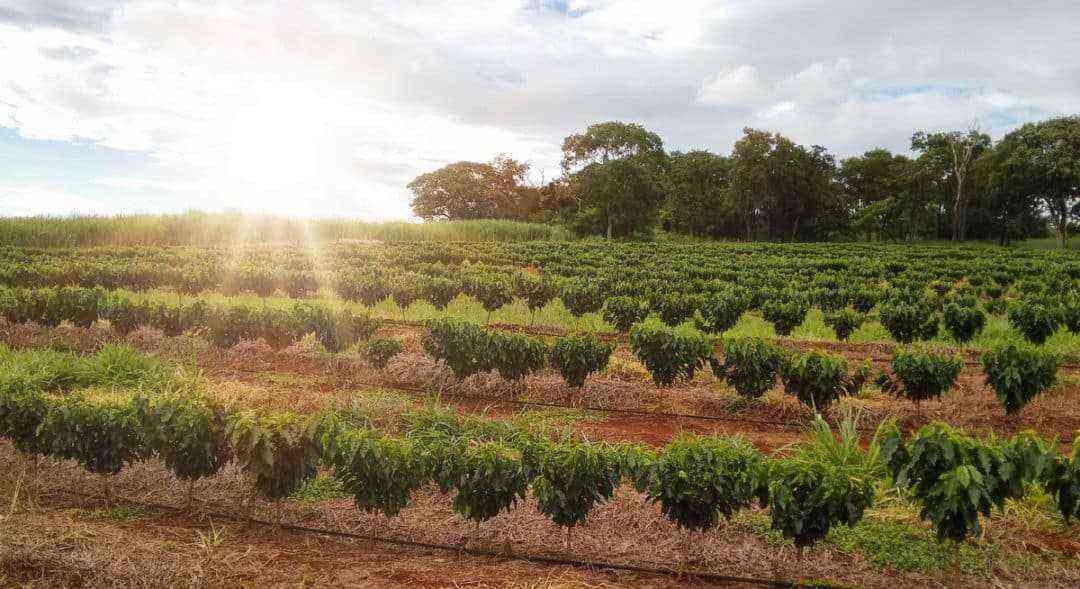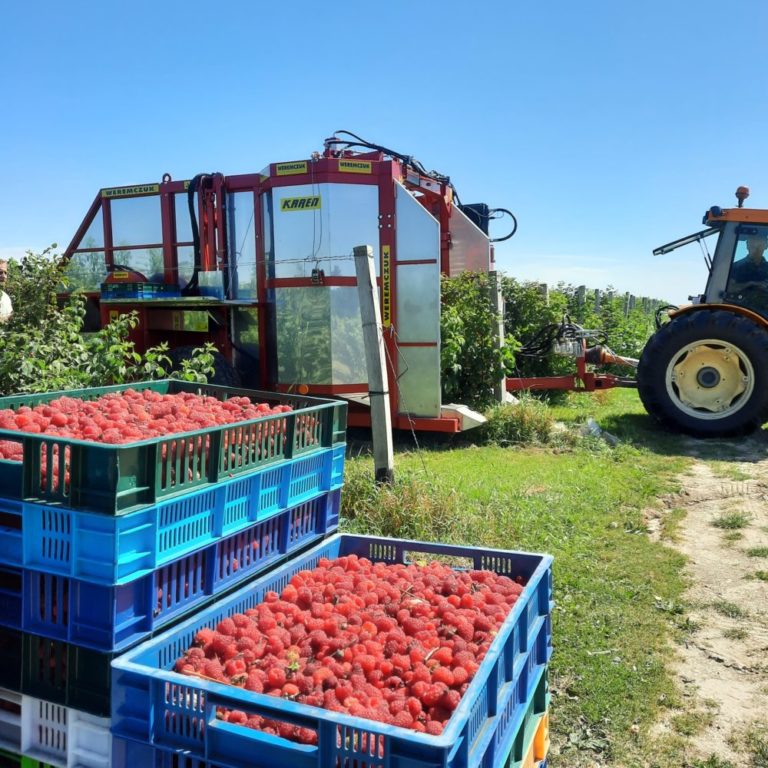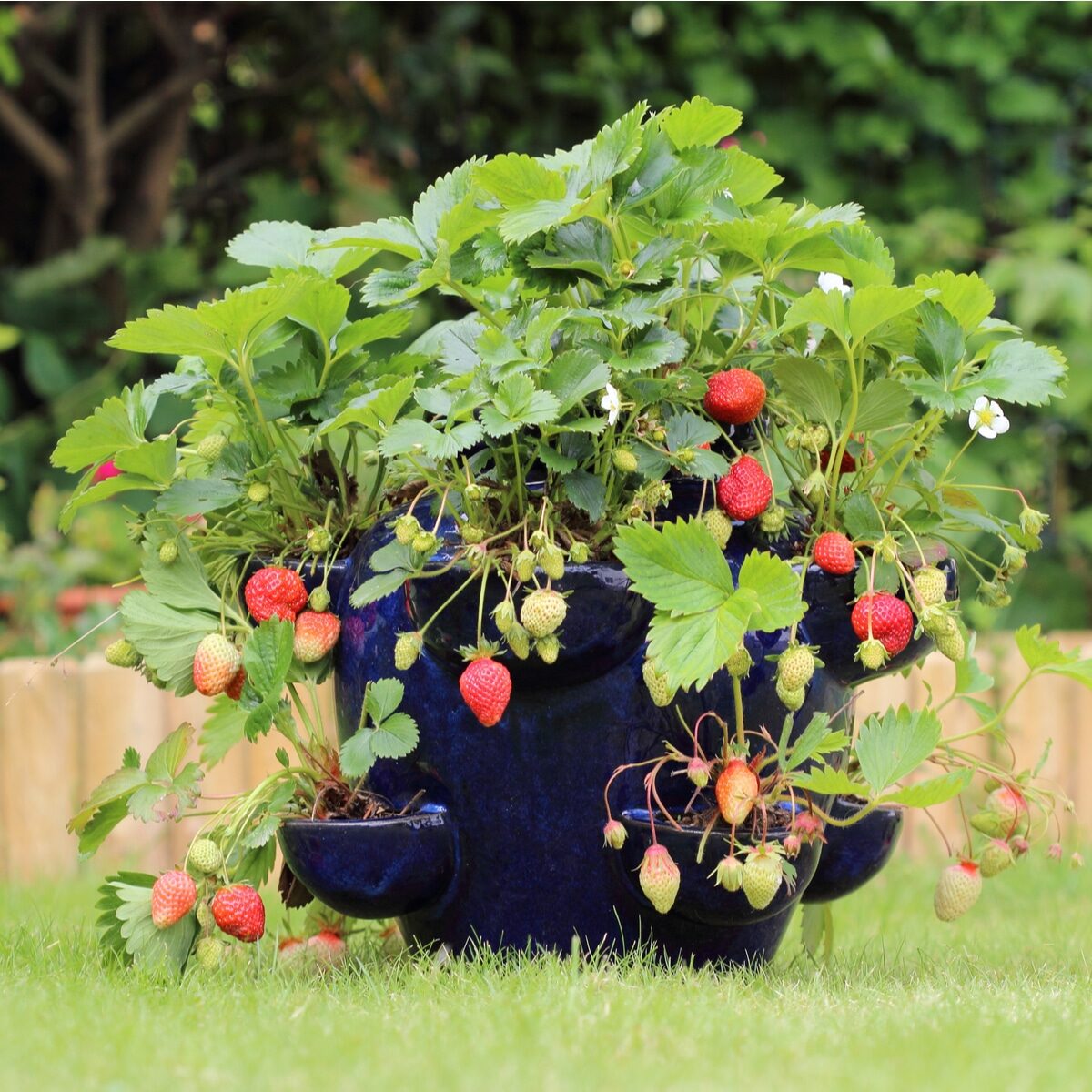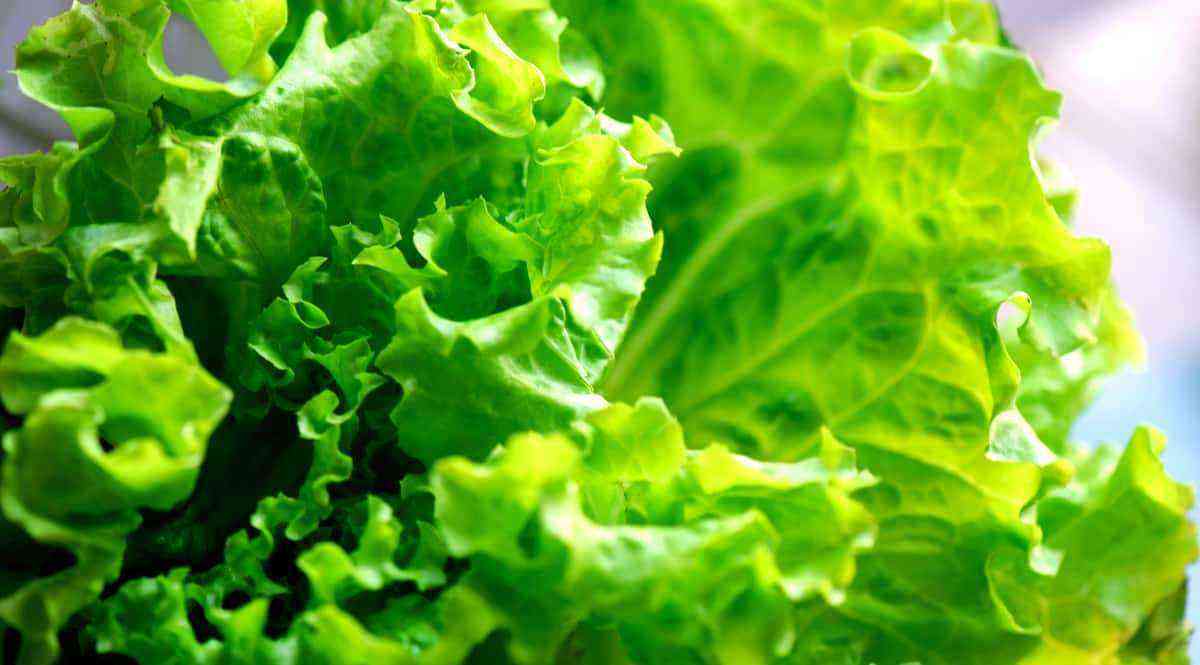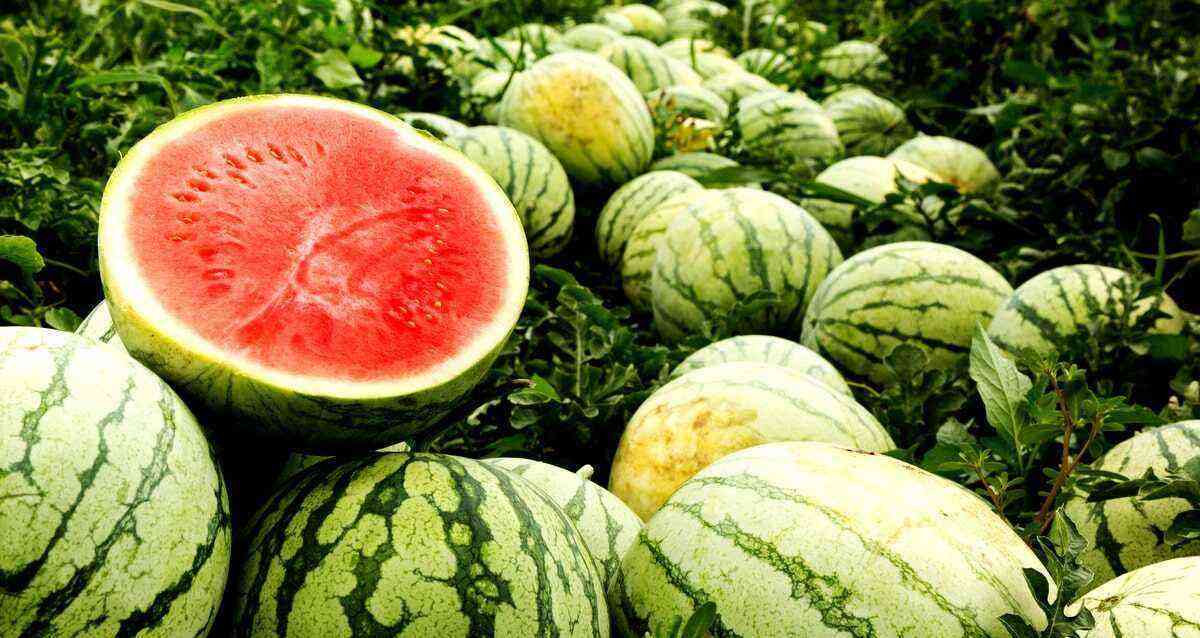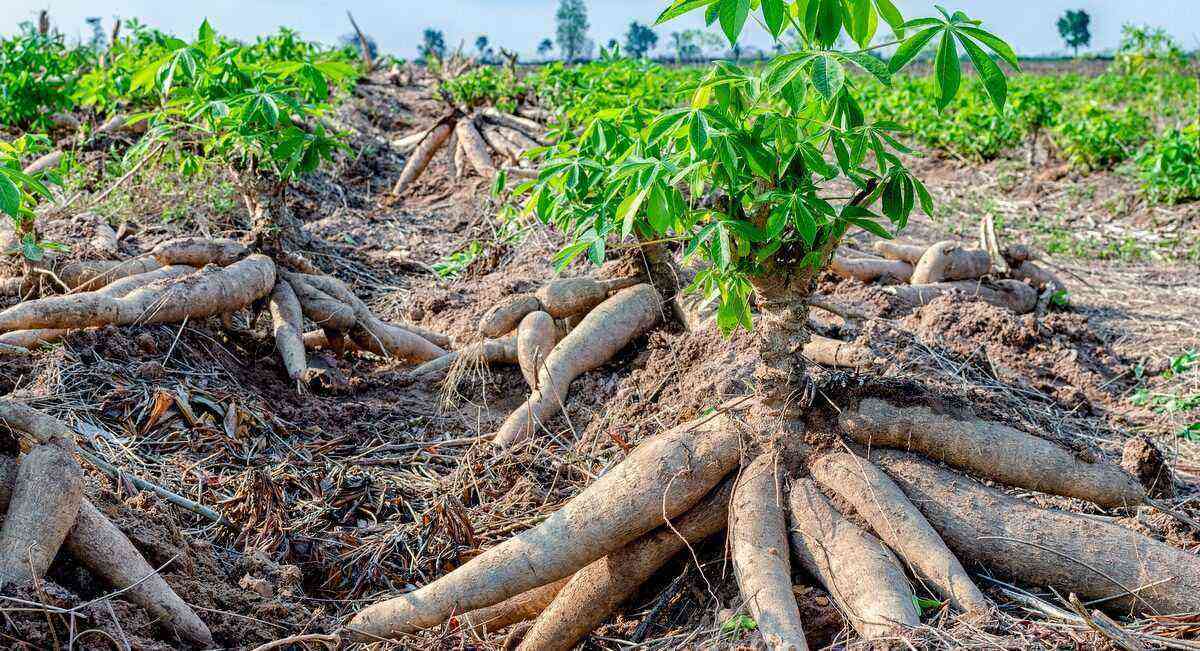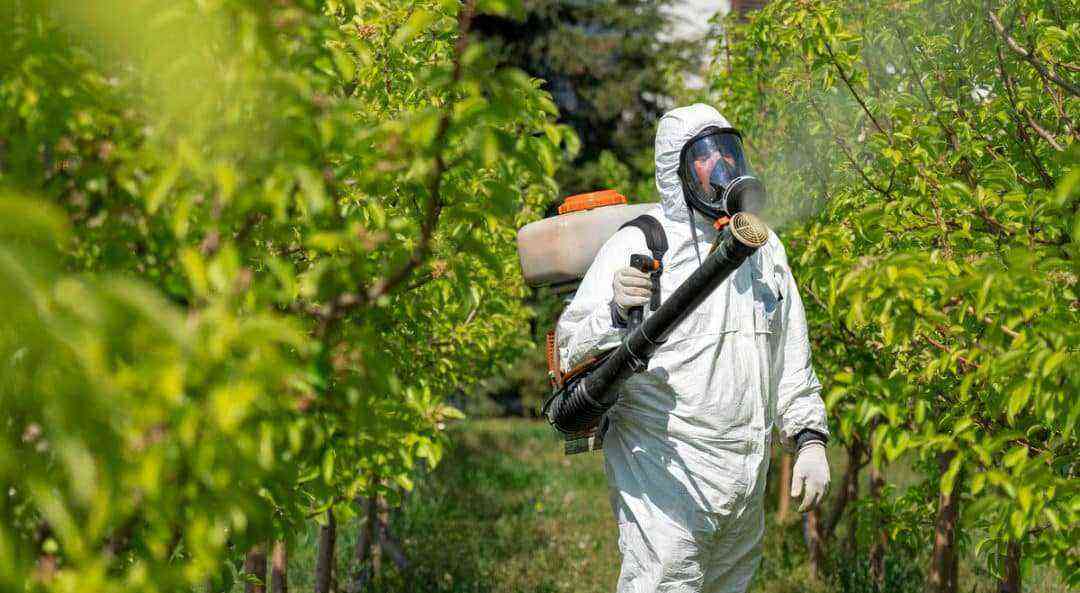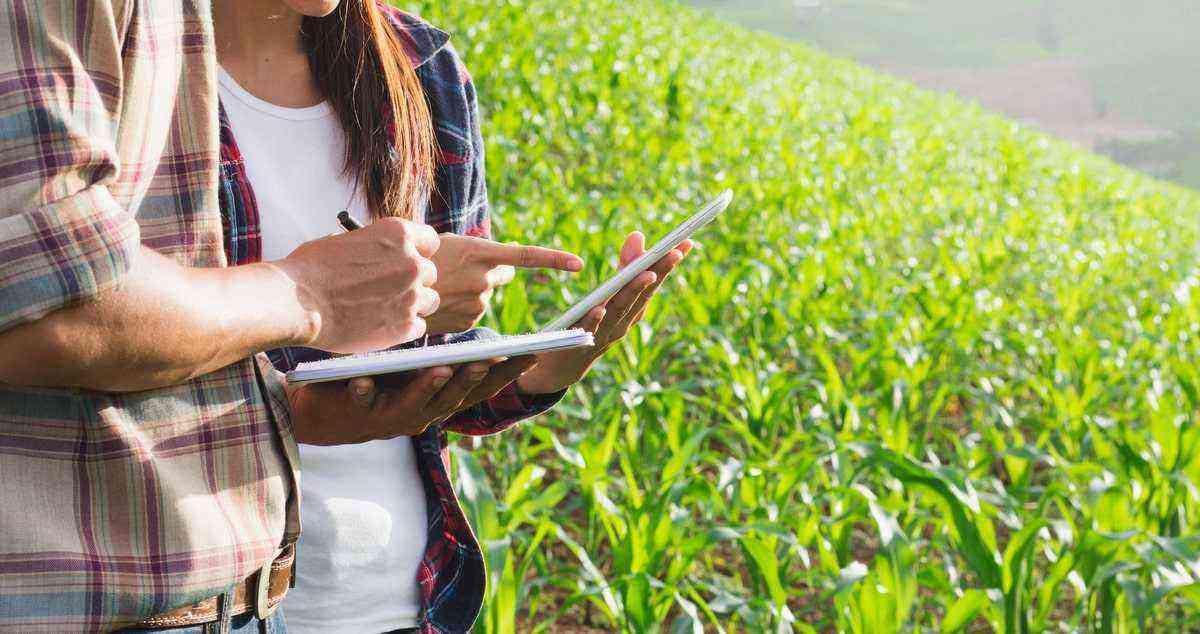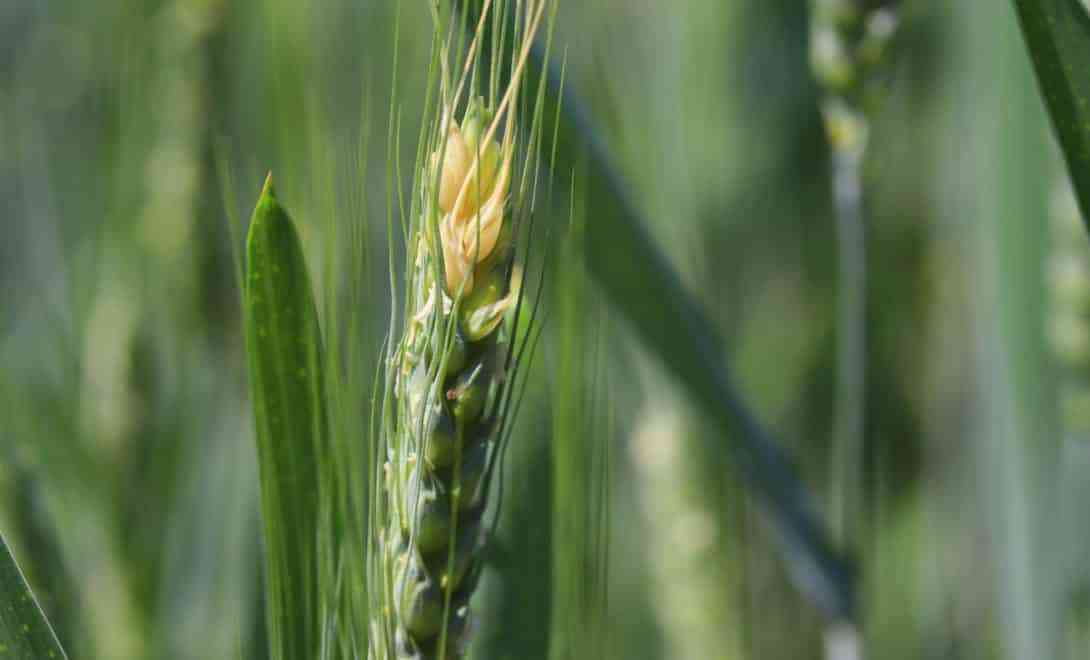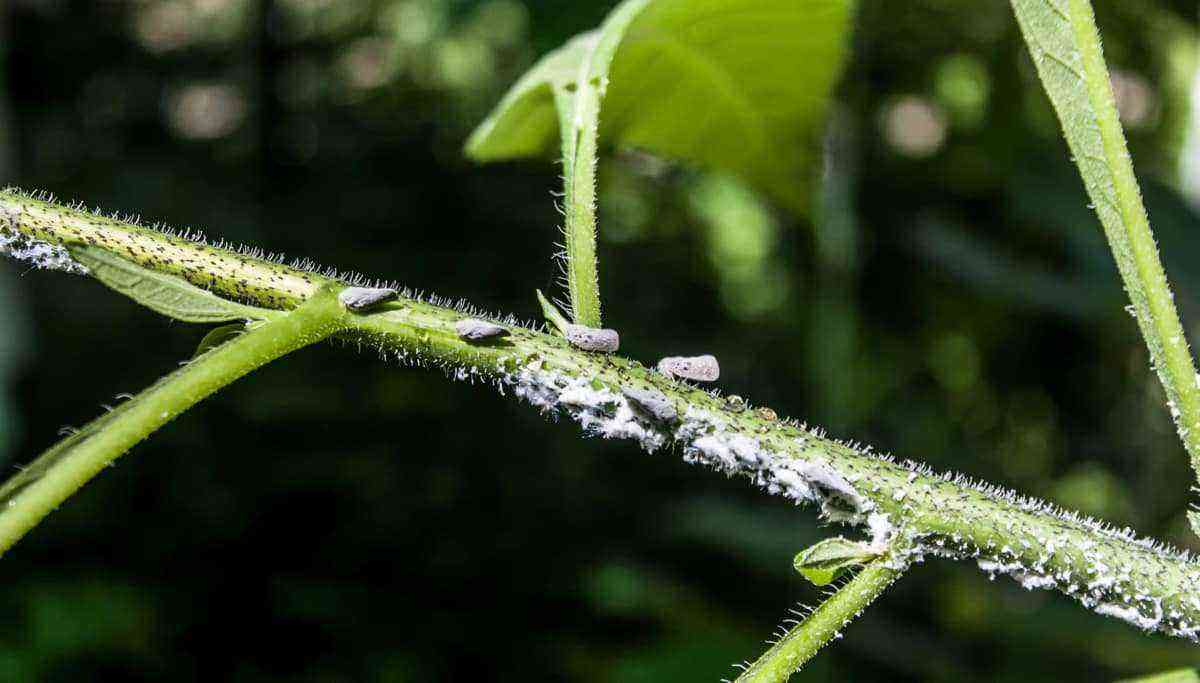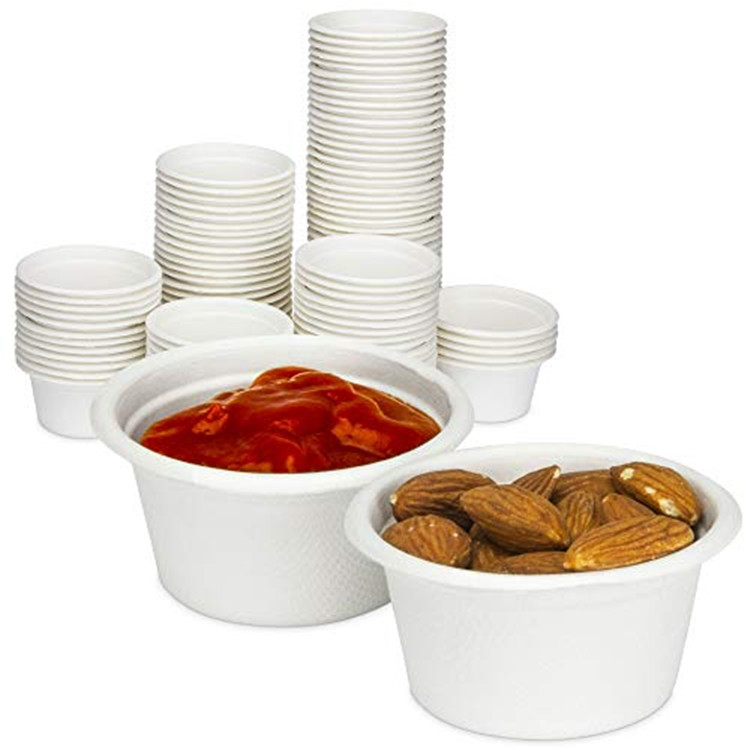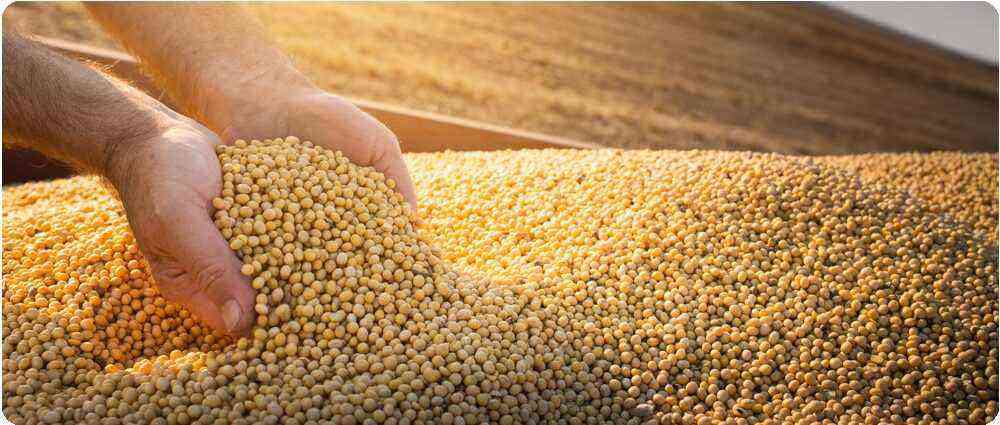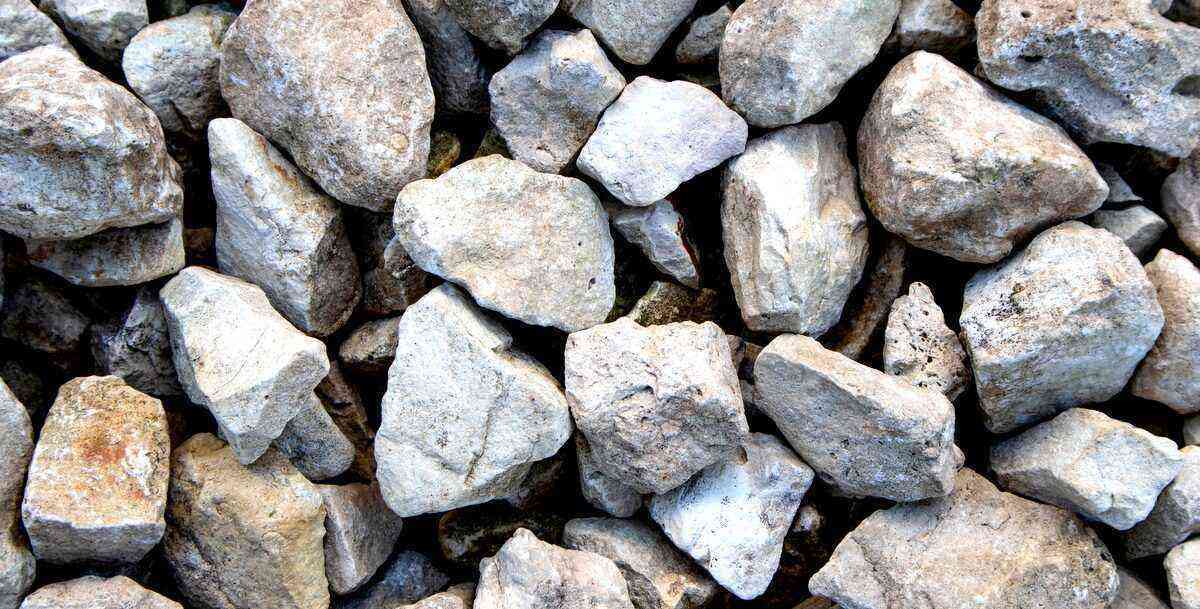In tomato production, the climate is one of the important factors in order to guarantee this vegetable with more quality. National preference in the preparation of sauces and salads, it is an indispensable food on the table of Brazilians.
However, some climatic factors can impact its production, demanding from the rural producer knowledge about the cultivation system, starting with planting.
Despite being grown in regions with different types of climate (temperate, high-altitude tropical and subtropical), tomato is one of the vegetables that require more care in production.
In addition to running the risk of being attacked by numerous pests and diseases, it is also extremely sensitive to climatic variations.
So, if you are a rural producer interested in increasing your productivity and improving the quality of your products, in a sustainable way, check out this post.
Find out below the main elements of the climate that can impact the tomato cultivation process. Good reading!
Climate: temperature influences tomato production
Be in nature egg processed, tomato production plays an important role in the country’s economy. Today, Brazil is one of the world’s largest producers of tomatoes for processing.
During the tomato growing period, although the ideal average temperature should be 21°C, the plant can withstand a variation of 10 to 34°C.
When subjected to high temperatures, yellowish fruits are formed and the risk of reduction in the crop cycle increases. Night temperatures above 30°C can also cause malformation and hollow fruit production.
On the other hand, the tomato plant does not respond well to very low temperatures, being extremely sensitive to frost, for example.
Both climate extremes impair pollen formation and can directly impact tomato production. Therefore, the producer must be careful.
Volume of rainfall and irrigation
Although it needs a lot of water for its development, the tomato cannot withstand excessive rainfall or very high relative humidity.
Such climatic conditions favor the occurrence of diseases and the reduction of the content of soluble solid residues, increasing the proliferation of fungi in the pulp.
The quality and good productivity of tomatoes depend, among other factors, on the climate.
Brightness
When the subject is luminosity, the tomato planting presents a great advantage to the producer.
Since the plant is little affected by photoperiod, its production responds well in long or short days. This means that its cultivation can be done at any time of the year.
However, it is worth mentioning that the low incidence of light can prolong its vegetative phase, delaying tomato production.
How the relative humidity of the air influences the planting
This is another atmospheric element that can directly impact production. Lowland areas and valleys should be avoided by the rural producer when choosing the planting site.
This is because, in these regions, air circulation is lower, a climatic factor that causes the formation of dew and the consequent accumulation of moisture on the plants. In this way, the production is more susceptible to the attack of fungi and bacteria, which cause diseases.
In addition to the climate, the best tomato planting seasons
We have already mentioned that high rainfall is the real enemy of tomato growers. Therefore, the best times of the year for planting are those with little rain, milder temperatures and low air humidity.
When defining tomato planting, the climate has a direct impact. Therefore, the producer must be careful.
In general, in Brazil, this period comprises the months of March to June, and may have some changes, depending on the location. See the recommendations to the producer, according to the region:
- Southeast (West of São Paulo and Minas Gerais): February to mid-June;
- Midwest: second half of February to mid-June;
- Northeast (High, Middle and Sub-Middle São Francisco): March to mid-June.
Now that you as a producer already know how the climate can directly impact tomato production, how about establishing a planting schedule, based on the best times, locations, temperatures and irrigation practices?
In this way, whether you are a large or small tomato producer, you will be able to guarantee the quality and competition of your product, without compromising the crops and spending on additives in order to control infestations.
No video below, see how the climatic factor has a great influence on food production:
Source: UFPR TV
Did you like this content? Also check out the main announcements for buying and selling tomato in MF Rural.
